You Are Here:Home > Information dynamic
> Industry Trends
News Navigation
What are the applicable scenarios of moisture-proof, green and environmentally friendly particleboar
source:www.niaotech.com Time:2025-09-08
The core advantages of moisture-proof green and environmentally friendly particleboard (usually complying with environmental standards such as E0 and E1, and adding moisture-proof agents or using moisture-proof substrates) are low formaldehyde release (environmental protection) and certain anti moisture deformation ability (moisture-proof). Its application scenarios revolve around the needs of "clear requirements for environmental protection, moderate environmental humidity (non extreme humidity), cost control, and practicality", which can be divided into three categories: home field, commercial space field, and public and light industry field. The application logic and precautions vary in different scenarios:
1、 Core scenario: Home furnishing field - high-frequency applications under the demand for "healthy living"
Home furnishings are the main scene for moisture-proof, green and environmentally friendly particleboard, especially suitable for the dual needs of modern households for "formaldehyde free/low formaldehyde environment" and "daily moisture-proof (such as kitchen and bathroom surroundings)". It is mainly used for non load bearing, non extremely humid furniture and decoration components:
1. Kitchen furniture (core adaptation scenario)
The kitchen environment generates water vapor (moderate humidity) from daily washing and cooking, and has high requirements for formaldehyde emissions (directly affecting food health). Moisture resistant green and environmentally friendly particleboard is a cost-effective choice, and its specific applications include:
Cabinet body/drawer: replacing traditional solid wood (high cost) or ordinary particleboard (easy to absorb moisture and deform), as the main frame and drawer body of the cabinet, it needs to be matched with waterproof finishes such as PET and acrylic (further improving moisture resistance);
Kitchen hanging cabinet/floor cabinet partition: It can withstand light loads such as tableware and ingredients, and is environmentally friendly to prevent food from adsorbing formaldehyde. Its moisture resistance can cope with occasional moisture inside the cabinet (such as unwashed dishes).
2. Dining room and bedroom furniture
This type of area has low humidity (normal home environment), and the core requirements are "environmental protection (avoiding indoor air pollution)" and "practicality", suitable for making non core load-bearing furniture:
Guest dining room: The main structure of the TV cabinet, shoe cabinet, and dining cabinet (such as the cabinet and back panel) does not require frequent contact with water, and its moisture resistance can cope with the air humidity during the southern rainy season. Its environmental protection ensures the air quality in the living room (the core area for family activities);
Bedroom: Wardrobe cabinets (non door panels, mostly made of solid wood or density board), bedside cabinet cabinets. Environmental friendliness can prevent formaldehyde accumulation in the bedroom (enclosed space), and moisture resistance can prevent wardrobe underwear from getting moldy due to humidity (especially when the wardrobe is close to the wall, it can reduce the impact of wall moisture).
3. Auxiliary furniture around balconies and bathrooms
Balconies (outdoor/semi outdoor, with rainwater splashing or drying water vapor) and bathroom entrances (prone to water accumulation on the ground) belong to "mildly humid areas" and need to be limited in application scope (not directly in contact with water):
Balcony storage cabinet: used to store cleaning tools and balcony debris, it is necessary to choose a high moisture resistant particle board (such as the type with added paraffin moisture-proof agent), and do a good job of waterproofing at the bottom of the cabinet (such as raising or pasting waterproof strips) to prevent rainwater from seeping into the ground;
Bathroom cabinet body in the dry area of the bathroom: only suitable for the "dry area" of the bathroom (such as the storage cabinet outside the washbasin), cannot be used around the shower area (extremely humid), and needs to be equipped with waterproof edge sealing (to prevent moisture from seeping into the edge of the board).
2、 Important scenario: Commercial space field - dual requirements of "environmental compliance+durability"
Commercial spaces (such as shopping malls, office buildings, and restaurants) need to meet both "environmental compliance (compliance with formaldehyde emission standards for public spaces)" and "durability under high-frequency use (moisture and deformation resistance)". Moisture resistant green and environmentally friendly particleboard has become the mainstream choice due to its lower cost than solid wood and better environmental friendliness than ordinary boards
1. Commercial display and storage furniture
Shopping mall counters/display cabinets: such as the main frame (non display surface) of clothing cabinets and cosmetics cabinets. Environmental friendliness can avoid air pollution complaints in shopping malls (crowded areas), and moisture resistance can cope with the condensation of air conditioning or small amounts of water vapor during cleaning;
Office Building Tea Room/Storage Cabinet: The utensil storage cabinet in the tea room and the file cabinet in the office have moisture resistance to deal with water stains in the tea room (such as spilled cups), and environmental protection meets the health standards of office space (long-term use by employees).
2. Catering and light commercial spaces
Catering establishments (non kitchen areas): such as the sauce counter cabinets in fast food restaurants and the utensil storage cabinets in hot pot restaurants, should be kept away from the stove (to avoid high temperatures), have moisture resistance to deal with occasional splashing of soup in the dining area, and meet environmental safety requirements (to avoid contaminating food);
Guest rooms in homestays/hotels: The wardrobes, TV cabinets, and luggage racks (non load bearing components) in the rooms are environmentally friendly and can enhance guests' living experience (avoiding complaints of "decoration smell"). Moisture resistance can cope with the water vapor generated by frequent cleaning of homestays/hotels.
3、 Extended scenario: Public and light industry sectors - "functional adaptation" requirements
This type of scenario has basic requirements for environmental protection (such as low pollution in schools and hospitals), and also needs to cope with the humidity of specific environments. Moisture resistant green and environmentally friendly particleboard can be used as a "non core structural component":
1. Public service places
School: Library cabinets in classrooms, auxiliary storage cabinets in laboratories (non chemical reagent storage cabinets), environmentally friendly to ensure student health, moisture resistant to cope with damp floors during classroom cleaning;
Hospital (non diagnosis and treatment area): The storage cabinets for items in the inpatient corridor and the filing cabinets at the nurse station must meet the hospital's requirements for "low formaldehyde, easy to clean", and have moisture resistance to cope with the small amount of water vapor during cleaning and disinfection (cannot be used in extremely humid/high-temperature areas such as operating rooms and disinfection rooms).
2. Light industry and warehousing assistance
Lightweight storage shelf partitions: used for storing lightweight, non humid goods (such as paper packaging, plastic parts), environmentally friendly to avoid formaldehyde adsorption on goods (especially in food packaging related storage), and moisture resistant to cope with the natural humidity of the warehouse;
Furniture production accessories: As non appearance and non load bearing components such as "backboards and side panels" for customized furniture, they reduce the overall production cost of furniture while ensuring the environmental protection level of finished furniture (in compliance with E1 and other factory standards).
1、 Core scenario: Home furnishing field - high-frequency applications under the demand for "healthy living"
Home furnishings are the main scene for moisture-proof, green and environmentally friendly particleboard, especially suitable for the dual needs of modern households for "formaldehyde free/low formaldehyde environment" and "daily moisture-proof (such as kitchen and bathroom surroundings)". It is mainly used for non load bearing, non extremely humid furniture and decoration components:
1. Kitchen furniture (core adaptation scenario)
The kitchen environment generates water vapor (moderate humidity) from daily washing and cooking, and has high requirements for formaldehyde emissions (directly affecting food health). Moisture resistant green and environmentally friendly particleboard is a cost-effective choice, and its specific applications include:
Cabinet body/drawer: replacing traditional solid wood (high cost) or ordinary particleboard (easy to absorb moisture and deform), as the main frame and drawer body of the cabinet, it needs to be matched with waterproof finishes such as PET and acrylic (further improving moisture resistance);
Kitchen hanging cabinet/floor cabinet partition: It can withstand light loads such as tableware and ingredients, and is environmentally friendly to prevent food from adsorbing formaldehyde. Its moisture resistance can cope with occasional moisture inside the cabinet (such as unwashed dishes).
2. Dining room and bedroom furniture
This type of area has low humidity (normal home environment), and the core requirements are "environmental protection (avoiding indoor air pollution)" and "practicality", suitable for making non core load-bearing furniture:
Guest dining room: The main structure of the TV cabinet, shoe cabinet, and dining cabinet (such as the cabinet and back panel) does not require frequent contact with water, and its moisture resistance can cope with the air humidity during the southern rainy season. Its environmental protection ensures the air quality in the living room (the core area for family activities);
Bedroom: Wardrobe cabinets (non door panels, mostly made of solid wood or density board), bedside cabinet cabinets. Environmental friendliness can prevent formaldehyde accumulation in the bedroom (enclosed space), and moisture resistance can prevent wardrobe underwear from getting moldy due to humidity (especially when the wardrobe is close to the wall, it can reduce the impact of wall moisture).
3. Auxiliary furniture around balconies and bathrooms
Balconies (outdoor/semi outdoor, with rainwater splashing or drying water vapor) and bathroom entrances (prone to water accumulation on the ground) belong to "mildly humid areas" and need to be limited in application scope (not directly in contact with water):
Balcony storage cabinet: used to store cleaning tools and balcony debris, it is necessary to choose a high moisture resistant particle board (such as the type with added paraffin moisture-proof agent), and do a good job of waterproofing at the bottom of the cabinet (such as raising or pasting waterproof strips) to prevent rainwater from seeping into the ground;
Bathroom cabinet body in the dry area of the bathroom: only suitable for the "dry area" of the bathroom (such as the storage cabinet outside the washbasin), cannot be used around the shower area (extremely humid), and needs to be equipped with waterproof edge sealing (to prevent moisture from seeping into the edge of the board).
2、 Important scenario: Commercial space field - dual requirements of "environmental compliance+durability"
Commercial spaces (such as shopping malls, office buildings, and restaurants) need to meet both "environmental compliance (compliance with formaldehyde emission standards for public spaces)" and "durability under high-frequency use (moisture and deformation resistance)". Moisture resistant green and environmentally friendly particleboard has become the mainstream choice due to its lower cost than solid wood and better environmental friendliness than ordinary boards
1. Commercial display and storage furniture
Shopping mall counters/display cabinets: such as the main frame (non display surface) of clothing cabinets and cosmetics cabinets. Environmental friendliness can avoid air pollution complaints in shopping malls (crowded areas), and moisture resistance can cope with the condensation of air conditioning or small amounts of water vapor during cleaning;
Office Building Tea Room/Storage Cabinet: The utensil storage cabinet in the tea room and the file cabinet in the office have moisture resistance to deal with water stains in the tea room (such as spilled cups), and environmental protection meets the health standards of office space (long-term use by employees).
2. Catering and light commercial spaces
Catering establishments (non kitchen areas): such as the sauce counter cabinets in fast food restaurants and the utensil storage cabinets in hot pot restaurants, should be kept away from the stove (to avoid high temperatures), have moisture resistance to deal with occasional splashing of soup in the dining area, and meet environmental safety requirements (to avoid contaminating food);
Guest rooms in homestays/hotels: The wardrobes, TV cabinets, and luggage racks (non load bearing components) in the rooms are environmentally friendly and can enhance guests' living experience (avoiding complaints of "decoration smell"). Moisture resistance can cope with the water vapor generated by frequent cleaning of homestays/hotels.
3、 Extended scenario: Public and light industry sectors - "functional adaptation" requirements
This type of scenario has basic requirements for environmental protection (such as low pollution in schools and hospitals), and also needs to cope with the humidity of specific environments. Moisture resistant green and environmentally friendly particleboard can be used as a "non core structural component":
1. Public service places
School: Library cabinets in classrooms, auxiliary storage cabinets in laboratories (non chemical reagent storage cabinets), environmentally friendly to ensure student health, moisture resistant to cope with damp floors during classroom cleaning;
Hospital (non diagnosis and treatment area): The storage cabinets for items in the inpatient corridor and the filing cabinets at the nurse station must meet the hospital's requirements for "low formaldehyde, easy to clean", and have moisture resistance to cope with the small amount of water vapor during cleaning and disinfection (cannot be used in extremely humid/high-temperature areas such as operating rooms and disinfection rooms).
2. Light industry and warehousing assistance
Lightweight storage shelf partitions: used for storing lightweight, non humid goods (such as paper packaging, plastic parts), environmentally friendly to avoid formaldehyde adsorption on goods (especially in food packaging related storage), and moisture resistant to cope with the natural humidity of the warehouse;
Furniture production accessories: As non appearance and non load bearing components such as "backboards and side panels" for customized furniture, they reduce the overall production cost of furniture while ensuring the environmental protection level of finished furniture (in compliance with E1 and other factory standards).
Previous:
Why do kindergartens choose formaldehyde free ENF…
Next:
Why is it necessary to use odorless E0 grade envi…
Related articles
+
wechat number:底部微信



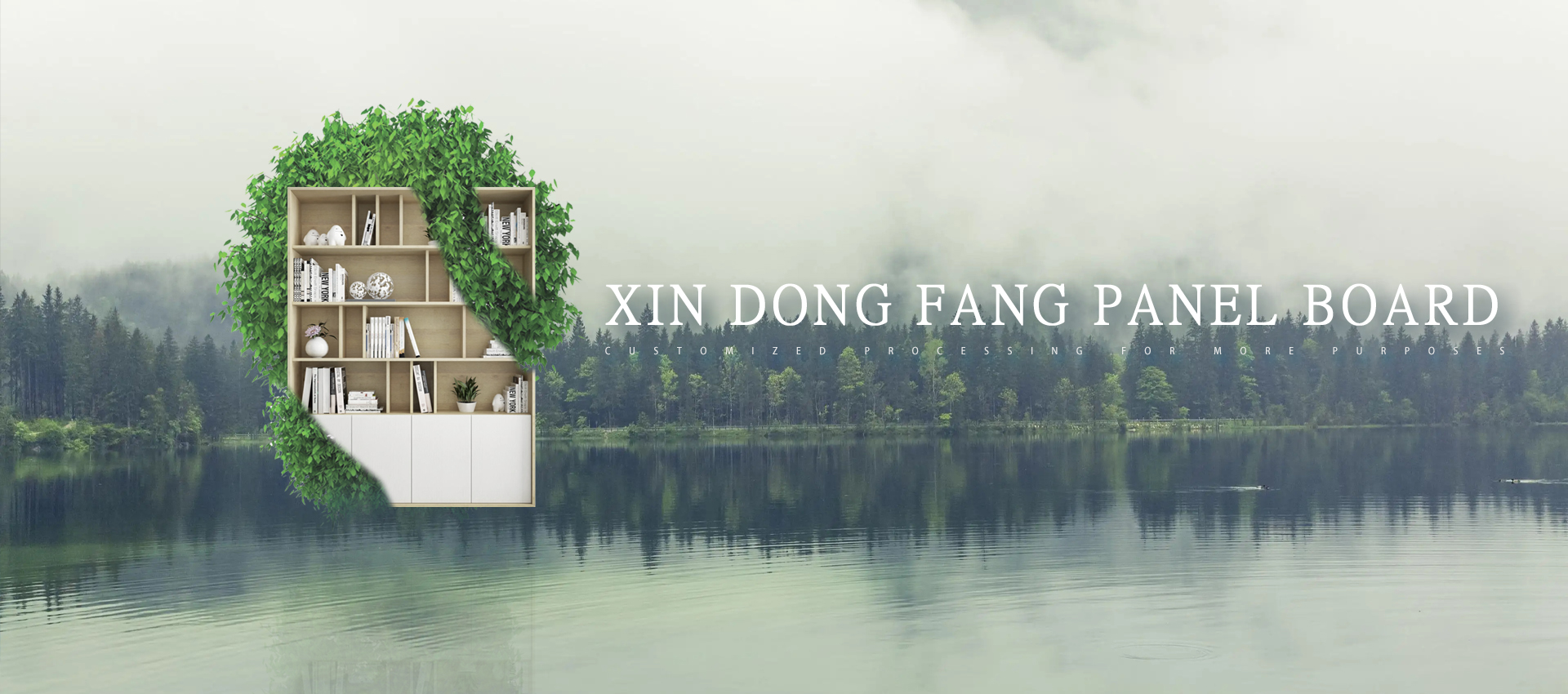
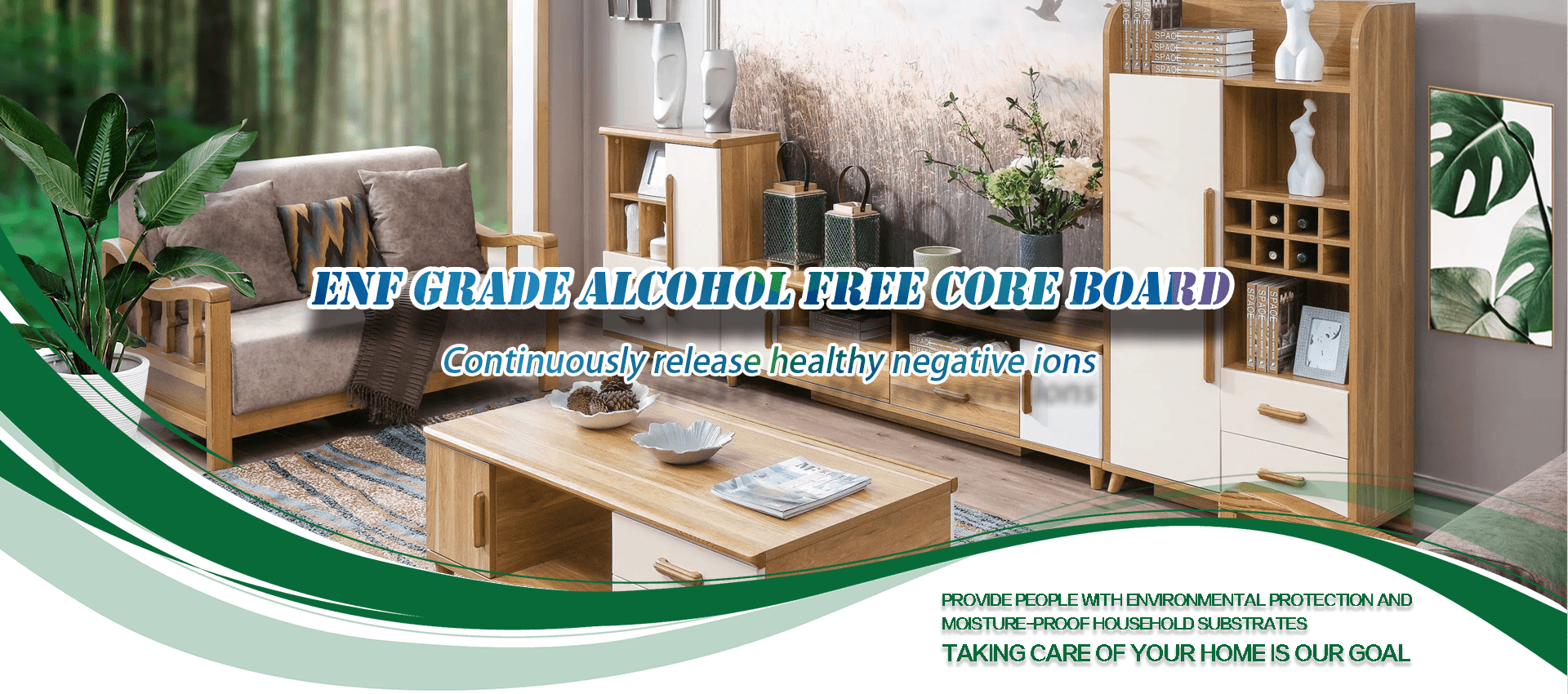


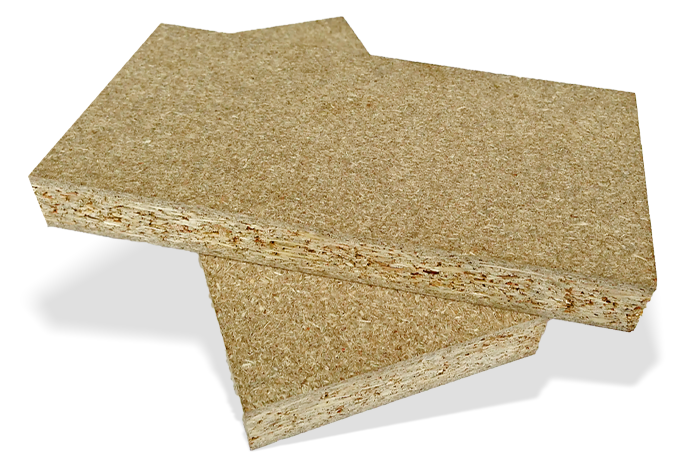
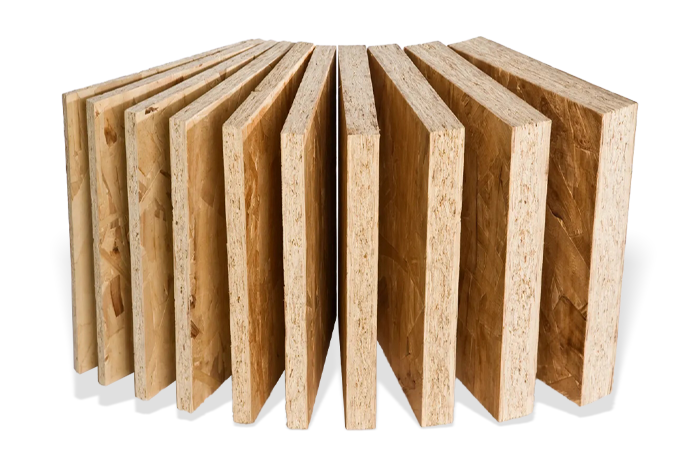
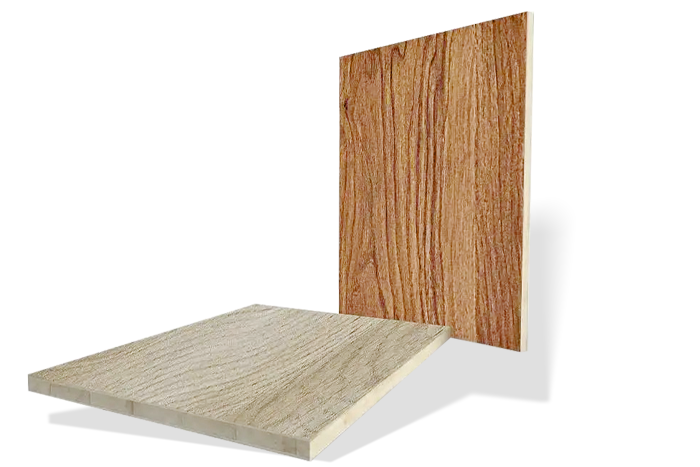





 Home
Home
 Wechat
Wechat
 Tell
Tell